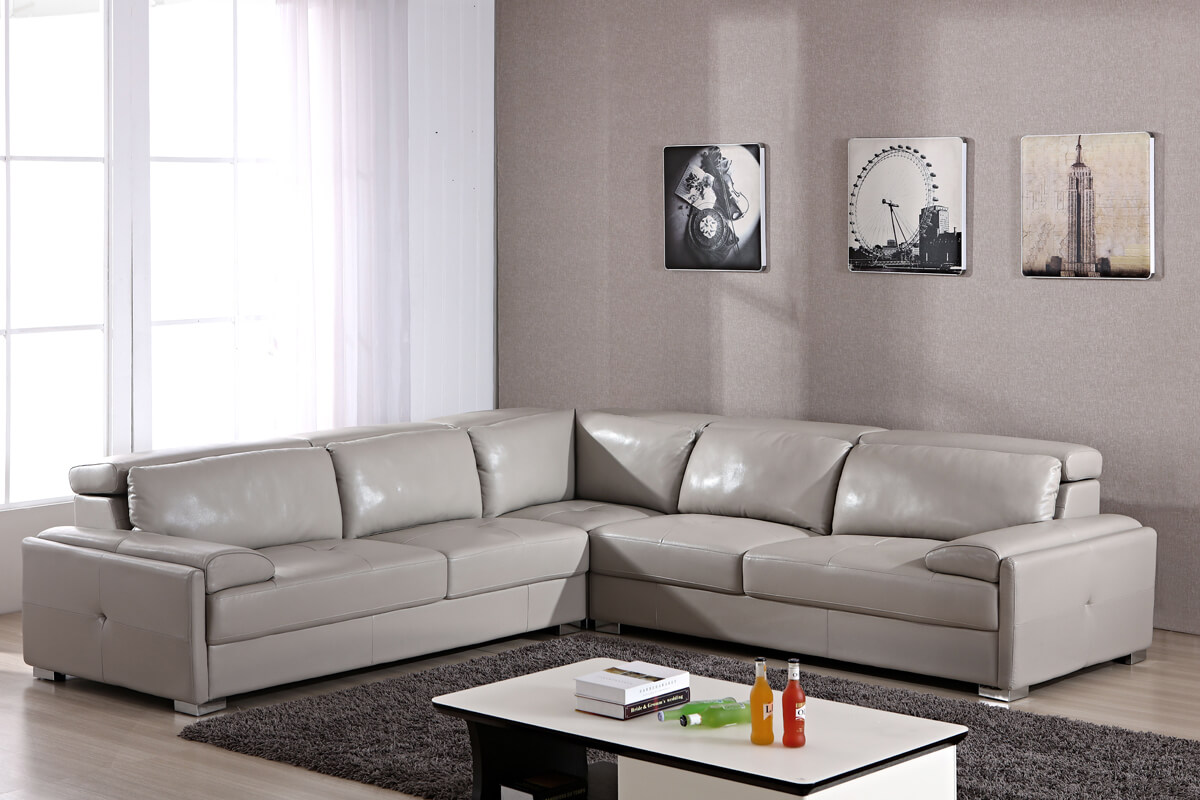An L-shaped sofa can be a fantastic addition to many living rooms and family spaces. With its versatile shape, an L-shaped sofa provides ample seating while also opening up flow and flexibility within a room. When thoughtfully chosen and properly positioned, an L-shaped sofa can maximize both comfort and aesthetics.

Benefits of an L-Shaped Sofa
There are many advantages to choosing an L-shaped sofa for your home. Some of the key benefits include:
- Spacious seating – The unique L-shape provides more overall seating than a traditional sofa. With seating on two adjacent sides, more people can comfortably gather, socialize, and relax.
- Versatile configuration – Arrange the chaise portion of the sofa to best suit your space. Face it toward a TV for movie nights or inward to create intimate conversation areas.
- Opens up floor plan – The L-shape allows for opencorners and reduces the bulky feel a standard sofa can create. This gives the illusion of a more expansive space.
- Family-friendly – L-shaped sofas provide plenty of room for kids and pets to comfortably lounge and play. The chaise is great for naps and reading.
- Adaptive to rooms – Fit an L-shaped sofa into nearly any space. Place it against a wall, float it in the middle of the room, or nestle it into a corner to maximize seating.
- Design options – Choose from a range of configurations, sizes, colors, fabrics, and styles. Sectional L-shaped sofas offer even more customization.
Measuring and Planning Your L-Shaped Sofa
To determine if an L-shaped sofa is right for your room, consider the following:
- Carefully measure your space, including length and width of room, entryways, and any obstacles. Note ceiling height too.
- Map out ideal sofa placement and movements through the room. Mark openings and paths.
- Determine your seating needs – how many people need to be comfortably seated on a regular basis.
- Consider your lifestyle – do you often lounge to read, nap or need open floor space for play time?
- Weigh your budget and look at sofa sizes that fit both space and cost constraints. Measure twice here!
- Try out sofa sizes using tape outlines on the floor or furniture templates to visualize fit.
Choosing the Ideal Size
One of the biggest decisions with an L-shaped sofa is choosing the right overall size to meet your needs yet fit your space. Some tips on sizing:
- Measure the length of each side of the “L” needed. Lengths often range from 60″ to over 100″.
- Consider the depth or width of the sofa. Standard depths are 34″ to 40″ but deeper, more luxurious options exist.
- Loveseats or smaller chaise sections can shave size for tight spots. Ottoman add-ons increase seating too.
- Make sure there’s room to navigate around legs and arms so paths aren’t too narrow.
- Determine if a compact L-shaped sofa will suit the room or if a more sprawling sectional is possible.
- Check that corners and access points are wide enough for sofa delivery and moving in.
- Visualize how a larger L-shaped sofa divides and defines the space’s zones and flow.

Choosing Your Design
Beyond dimensions, you’ll want to pick an L-shaped sofa based on your personal style, needs and room aesthetics. Design considerations include:
- Fabrics like leather, microfiber or cotton in solids, patterns or textures fitting your lifestyle.
- Frame materials like wood, metal or plastic determining durability, weight and shape.
- Cushions that may be foam, down-filled, tufted, attached or detachable. Evaluate comfort.
- Arm height and arm styles ranging from rounded to square. Measure what works best as elbow rests.
- Leg shape and base options like sled legs, tapered or block feet to match your decor.
- Customizable configurations and modular add-on pieces to expand down the road.
- Styling from contemporary to traditional based on your personal taste.
- Additional features like reclining seats, cupholders or USB outlets to maximize function.
How and Where to Place Your L-Shaped Sofa
The positioning of your L-shaped sofa will define the room’s flow. Be intentional about placement and create an inviting space.
- Angle the sofa to divide zones like conversation and television viewing areas.
- Float it away from walls to allow traffic behind and create a focal point.
- Tuck into a corner to open up floor space at room’s center. This also makes use of awkward angled walls.
- Point the chaise toward views, windows or a fireplace for the best lounge experience.
- Allow at least 18″ from sofa to walls or openings. More space offers better flow.
- Face inward for conversation or outward for interaction with rest of room.
- Don’t block or cram pathways leading to entryways or high traffic areas.
- Ensure ideal TV viewing sightlines especially on the angled side where perspectives shift.
There are so many possibilities when considering an L-shaped sofa. By prioritizing both practical measurements and aesthetic design elements, you’re sure to create a comfortable, eye-pleasing lounge zone that your family and guests will enjoy. Get creative with your layout and decor to maximize this versatile seating option. Happy decorating with your L-shaped sofa!
